Home>Renovation & DIY>Tools & Equipment>Why Is My Spackle Bubbling
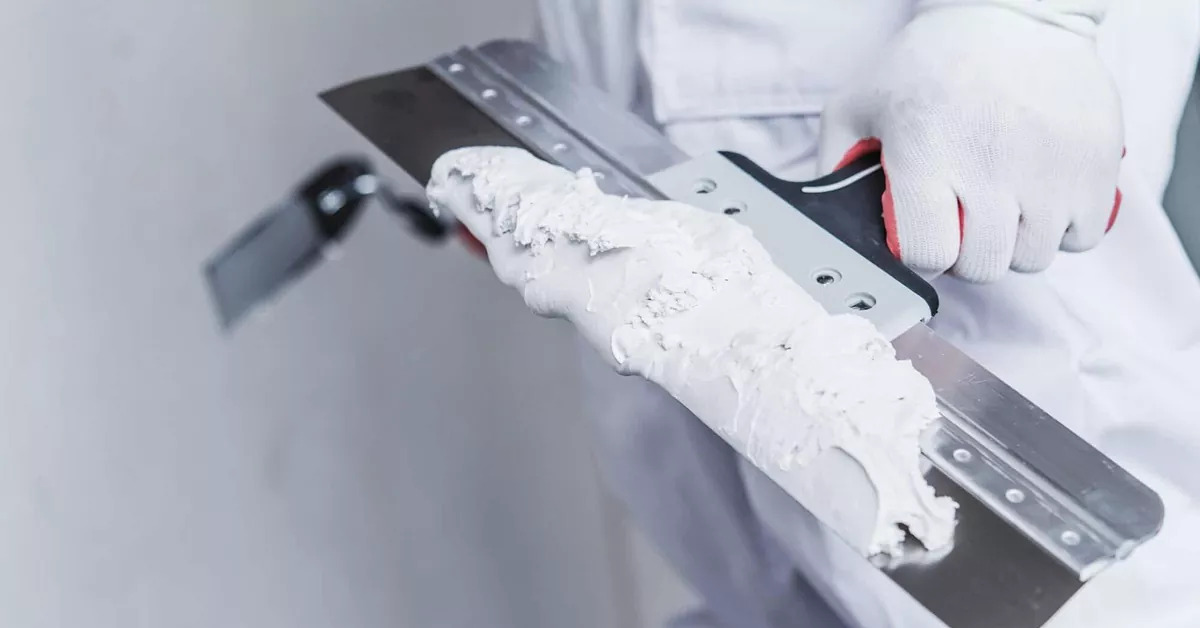

Tools & Equipment
Why Is My Spackle Bubbling
Published: December 19, 2023
Discover the reasons behind spackle bubbling and how to prevent it with the right tools and equipment. Get expert tips and solutions to tackle this issue effectively.
(Many of the links in this article redirect to a specific reviewed product. Your purchase of these products through affiliate links helps to generate commission for Storables.com, at no extra cost. Learn more)
Introduction
Spackle, a versatile and handy material for repairing walls, is a go-to solution for many homeowners and DIY enthusiasts. However, encountering bubbling spackle can be a frustrating experience. The appearance of bubbles in freshly applied spackle can be disheartening, especially after investing time and effort into a wall repair project. Understanding the causes of bubbling spackle, learning how to prevent it, and discovering effective solutions for fixing the issue can save you from unnecessary stress and rework.
In this comprehensive guide, we will delve into the reasons behind bubbling spackle, explore preventive measures to avoid this issue, and provide practical steps for fixing bubbling spackle when it occurs. By the end of this article, you will have a clear understanding of how to tackle bubbling spackle and achieve smooth, flawless wall repairs. Let's embark on this insightful journey to unravel the mysteries of bubbling spackle and equip ourselves with the knowledge to overcome this common challenge in home maintenance and improvement.
Key Takeaways:
- Don’t let bubbling spackle ruin your wall repairs! Prevent it by keeping surfaces dry, tools clean, and applying thin layers. If it happens, fix it with sanding, more spackle, and careful blending.
- Bubbling spackle? No problem! Keep surfaces dry, tools clean, and apply thin layers to prevent it. If it happens, fix it with sanding, more spackle, and careful blending.
Read more: Why Is My Rice Cooker Bubbling
Causes of Bubbling Spackle
Understanding the causes of bubbling spackle is crucial for effectively addressing this issue. Several factors can contribute to the formation of bubbles in spackling compound, leading to an uneven and unsightly finish. Here are the primary reasons behind bubbling spackle:
- Moisture: One of the most common culprits behind bubbling spackle is moisture. When spackle is applied to a surface that is not completely dry, trapped moisture can create bubbles as the spackle dries. This can occur when repairing walls in humid environments or when applying spackle over damp surfaces.
- Contaminated Tools: Using contaminated or dirty tools, such as putty knives or spatulas, can introduce foreign particles into the spackle, leading to the formation of bubbles as the compound dries. Properly cleaning and maintaining your tools is essential for achieving a smooth spackling finish.
- Improper Mixing: Inadequate mixing of the spackling compound can result in uneven distribution of ingredients, leading to air pockets and bubbles during the drying process. Following the manufacturer’s instructions for mixing the spackle and ensuring a uniform consistency is crucial for preventing bubbling.
- Excessive Application Thickness: Applying spackle too thickly in a single layer can trap air within the compound, causing bubbles to form as it dries. It is important to apply spackle in thin, even layers to minimize the risk of bubbling.
- Rapid Drying Conditions: Spackling in hot or dry conditions can accelerate the drying process, potentially leading to the formation of bubbles as the moisture evaporates too quickly from the compound. Controlling the drying environment and allowing the spackle to dry at a moderate pace can help prevent bubbling.
By recognizing these common causes of bubbling spackle, you can take proactive measures to mitigate the risk of encountering this issue during your wall repair projects. In the next section, we will explore effective strategies for preventing bubbling spackle, empowering you to achieve professional-quality results with your spackling endeavors.
How to Prevent Bubbling Spackle
Preventing bubbling spackle involves implementing proactive measures to minimize the risk of encountering this common issue during wall repair and spackling projects. By adopting the following preventive strategies, you can enhance the quality and durability of your spackling work while achieving a flawless finish:
- Surface Preparation: Ensure that the surface to be spackled is clean, dry, and free from any residual dust, debris, or moisture. Properly preparing the surface sets the foundation for successful spackling and reduces the risk of bubbles forming due to environmental factors.
- Humidity Control: When working in humid conditions, consider using a dehumidifier or ensuring adequate ventilation to reduce the moisture content in the air. Controlling humidity levels can help prevent trapped moisture from causing bubbles in the spackle as it dries.
- Tool Maintenance: Regularly clean and inspect your spackling tools to ensure they are free from any contaminants or dried spackle residue. Clean tools promote smooth application and reduce the likelihood of introducing foreign particles that can lead to bubbling.
- Proper Mixing Technique: Follow the manufacturer’s instructions for mixing spackling compound, ensuring thorough blending of the ingredients to achieve a uniform consistency. Properly mixed spackle minimizes the risk of air pockets and bubbles during the drying process.
- Thin Application Layers: Apply spackle in thin, even layers, avoiding excessive thickness that can trap air and lead to bubbling. Multiple thin coats allow for better control over the drying process and promote a smooth, bubble-free finish.
- Optimal Drying Conditions: Choose an appropriate drying environment for the spackling compound, avoiding extreme heat or arid conditions that can hasten the drying process. Moderate drying conditions help prevent rapid moisture evaporation, reducing the likelihood of bubbles forming in the spackle.
By incorporating these preventive measures into your spackling practices, you can significantly reduce the risk of encountering bubbling spackle and achieve professional-quality results with your wall repairs and surface restoration projects. In the next section, we will explore effective solutions for addressing bubbling spackle when it occurs, empowering you to rectify the issue with confidence and precision.
Make sure the surface is clean and dry before applying spackle. Moisture or dirt can cause bubbling. Sand the area smooth before reapplying spackle if bubbles appear.
Fixing Bubbling Spackle
Encountering bubbling spackle during a wall repair or spackling project can be disheartening, but rest assured that this issue can be effectively addressed with the right approach. When faced with bubbling spackle, it is important to take timely and precise steps to rectify the situation and restore a smooth, flawless finish. Here are practical solutions for fixing bubbling spackle:
- Sanding: Once the spackle has fully dried, carefully sand the affected area using fine-grit sandpaper. Gently smooth out the bubbled areas, being mindful not to remove too much spackle or damage the surrounding surface. The goal is to level the surface and eliminate the raised bubbles.
- Applying Additional Spackle: After sanding, apply a thin layer of fresh spackling compound over the sanded area. Use a putty knife to feather the edges of the new spackle into the surrounding surface, ensuring a seamless blend. This additional layer helps fill in any imperfections and further smoothens the surface.
- Light Sanding and Blending: Once the additional spackle has dried, lightly sand the area again to achieve a uniform and smooth finish. Blend the repaired section with the surrounding surface, ensuring that the transition is seamless and imperceptible.
- Priming and Painting: After the repaired area has been properly smoothed and blended, apply a suitable primer to the entire surface to promote adhesion and uniformity. Once the primer has dried, proceed to paint the surface, ensuring that the repaired area seamlessly integrates with the rest of the wall.
By diligently following these steps, you can effectively address bubbling spackle and restore the integrity and aesthetics of the repaired surface. It is important to exercise patience and precision during the fixing process, ensuring that the final result is seamless and visually pleasing. With these practical solutions at your disposal, you can confidently tackle bubbling spackle and achieve professional-quality outcomes in your spackling endeavors.
Conclusion
In the realm of home maintenance and improvement, encountering bubbling spackle is a common challenge that can be effectively managed with the right knowledge and approach. By understanding the causes of bubbling spackle, implementing preventive measures, and mastering the art of fixing this issue, you can elevate the quality and durability of your wall repairs and spackling projects.
When embarking on spackling endeavors, it is essential to prioritize surface preparation, humidity control, and proper tool maintenance to mitigate the risk of bubbling spackle. By adopting thin application layers, optimal mixing techniques, and suitable drying conditions, you can minimize the likelihood of encountering this issue and achieve smooth, professional results.
Should bubbling spackle arise, the process of fixing it involves meticulous sanding, application of additional spackle, seamless blending, and proper priming and painting. By following these steps with precision and care, you can effectively rectify the issue and restore a flawless finish to the repaired surface.
Armed with the insights and strategies presented in this guide, you are well-equipped to navigate the challenges of bubbling spackle with confidence and expertise. By integrating these best practices into your spackling endeavors, you can elevate the quality of your wall repairs and surface restoration projects, achieving professional-grade outcomes that stand the test of time.
As you continue to hone your skills in spackling and wall repair, remember that each project presents an opportunity for growth and mastery. Embrace the journey of learning and refinement, and let your passion for creating impeccable surfaces propel you toward excellence in every spackling endeavor.
With a deep understanding of bubbling spackle and the tools to prevent and address it, you are poised to embark on future projects with confidence, knowing that you hold the key to achieving flawless, durable, and visually stunning results.
Frequently Asked Questions about Why Is My Spackle Bubbling
Was this page helpful?
At Storables.com, we guarantee accurate and reliable information. Our content, validated by Expert Board Contributors, is crafted following stringent Editorial Policies. We're committed to providing you with well-researched, expert-backed insights for all your informational needs.
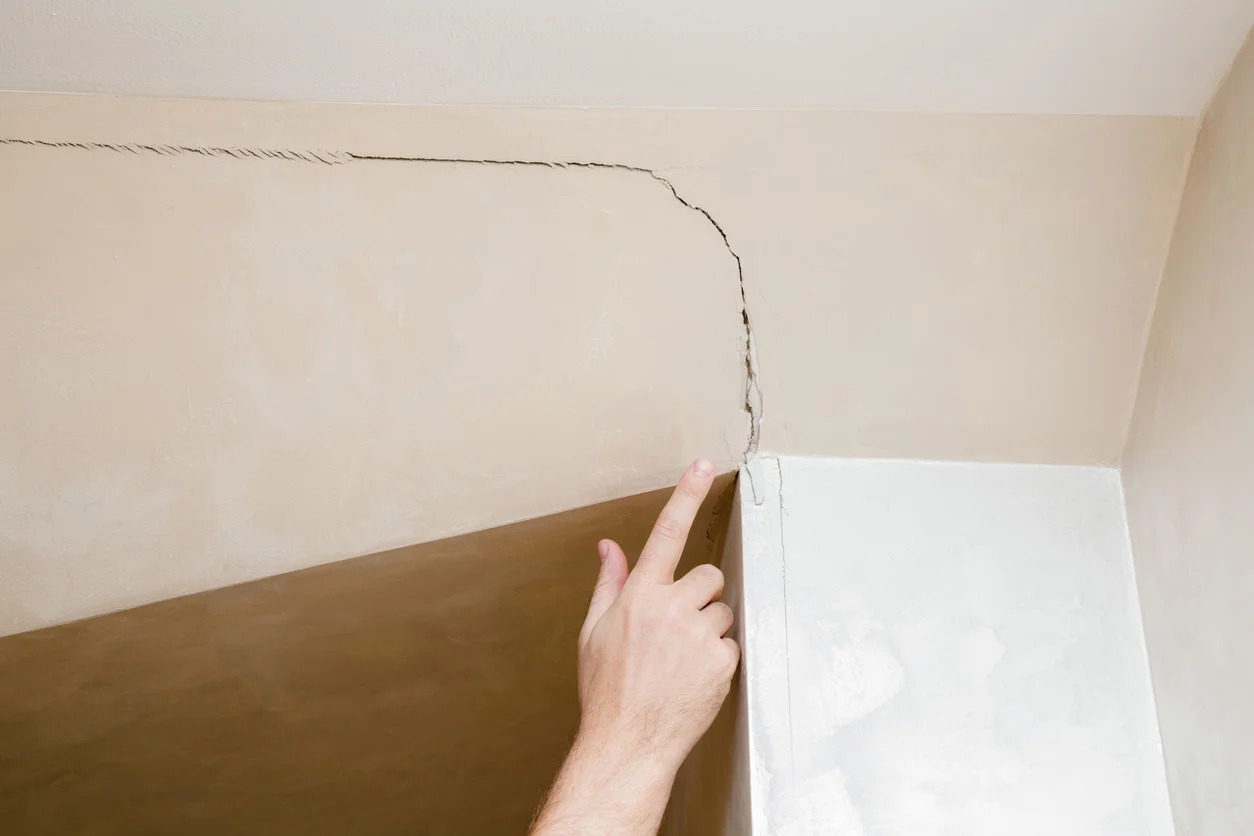
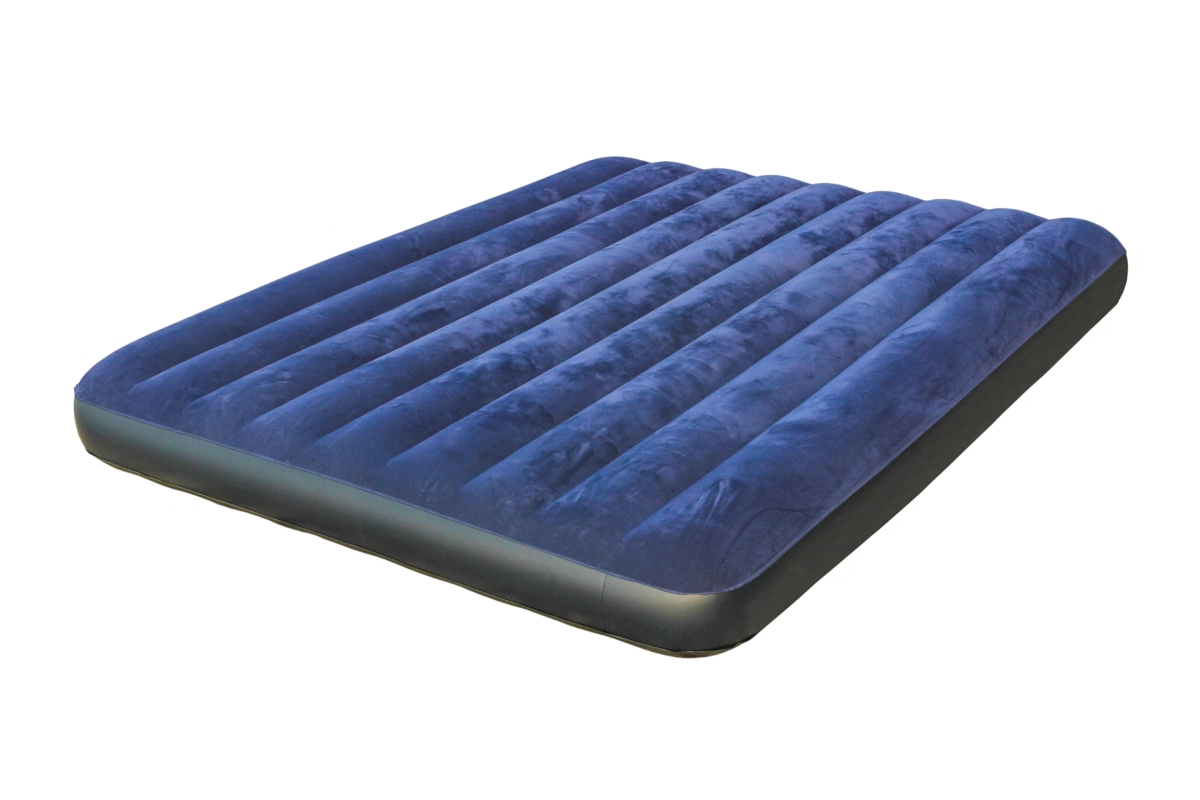
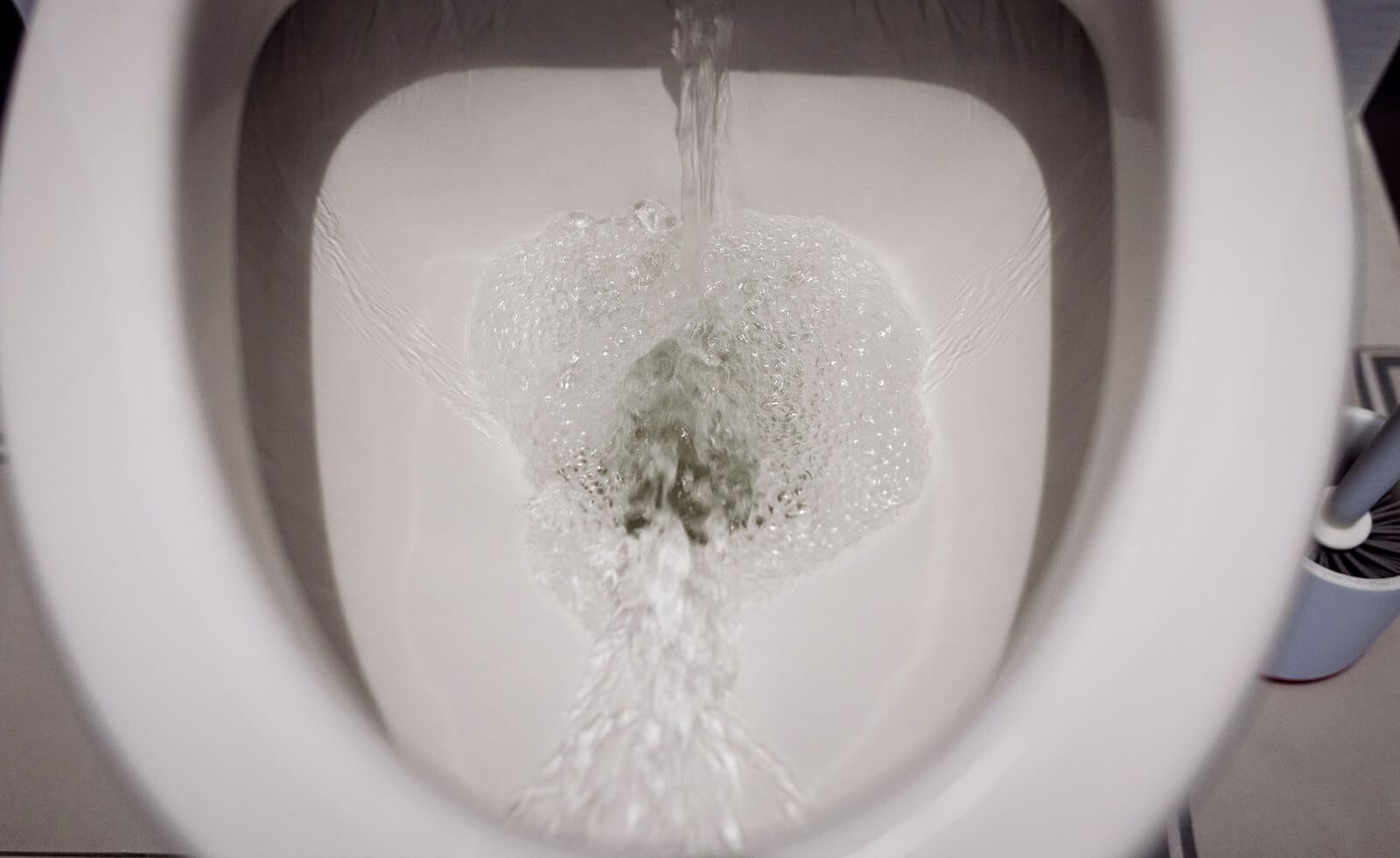
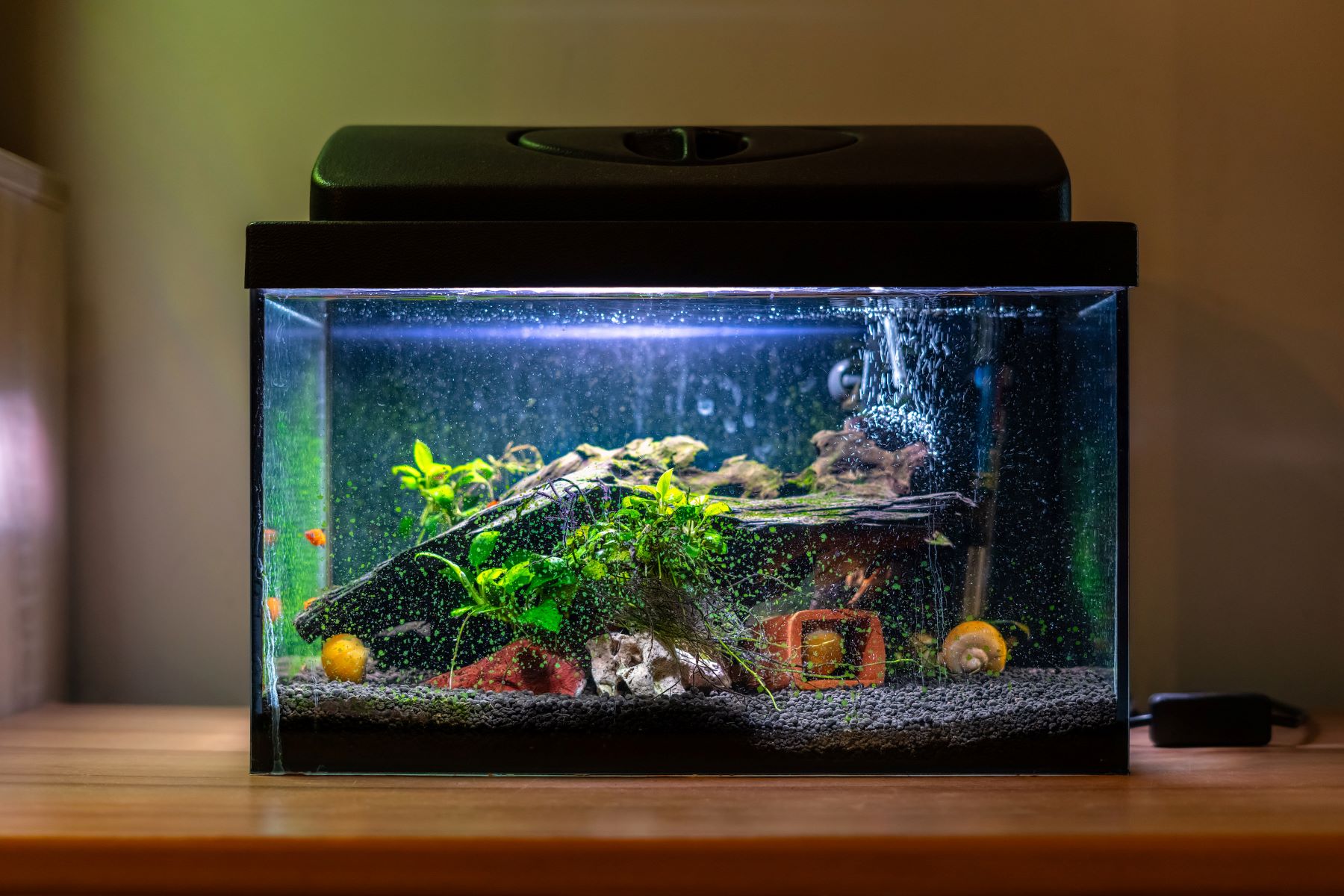
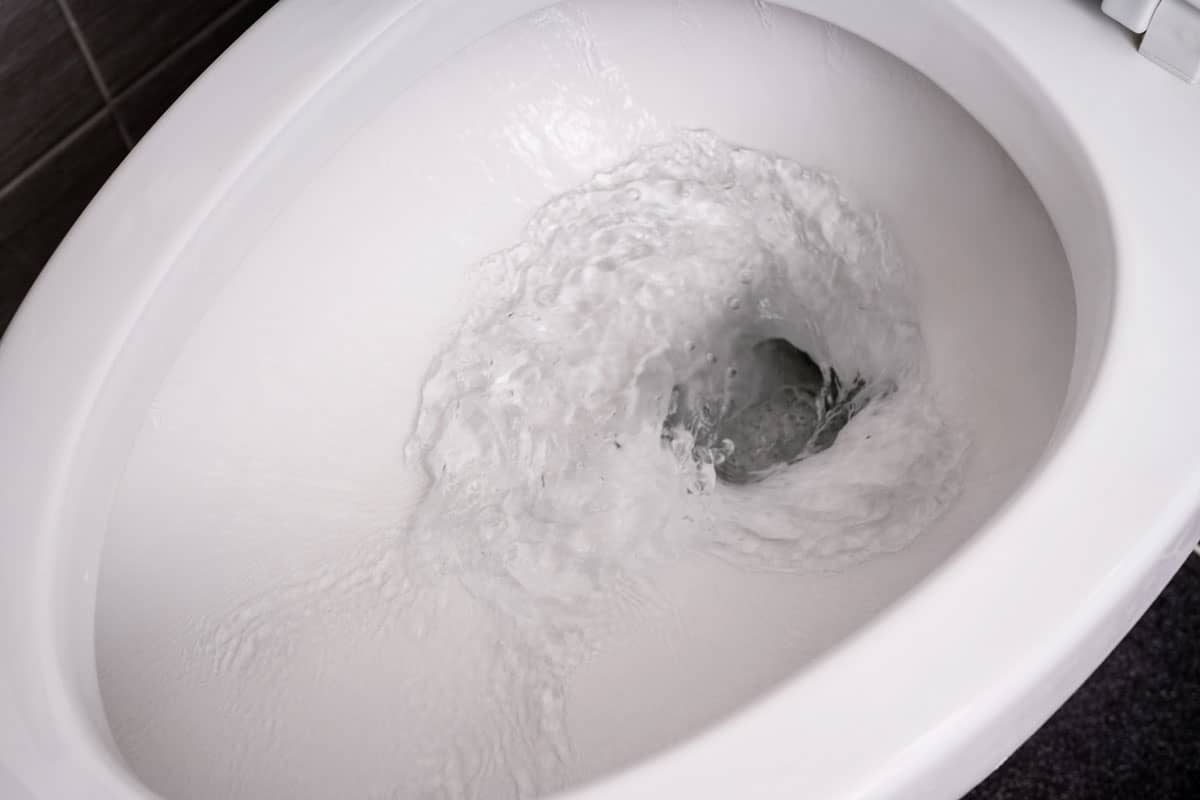
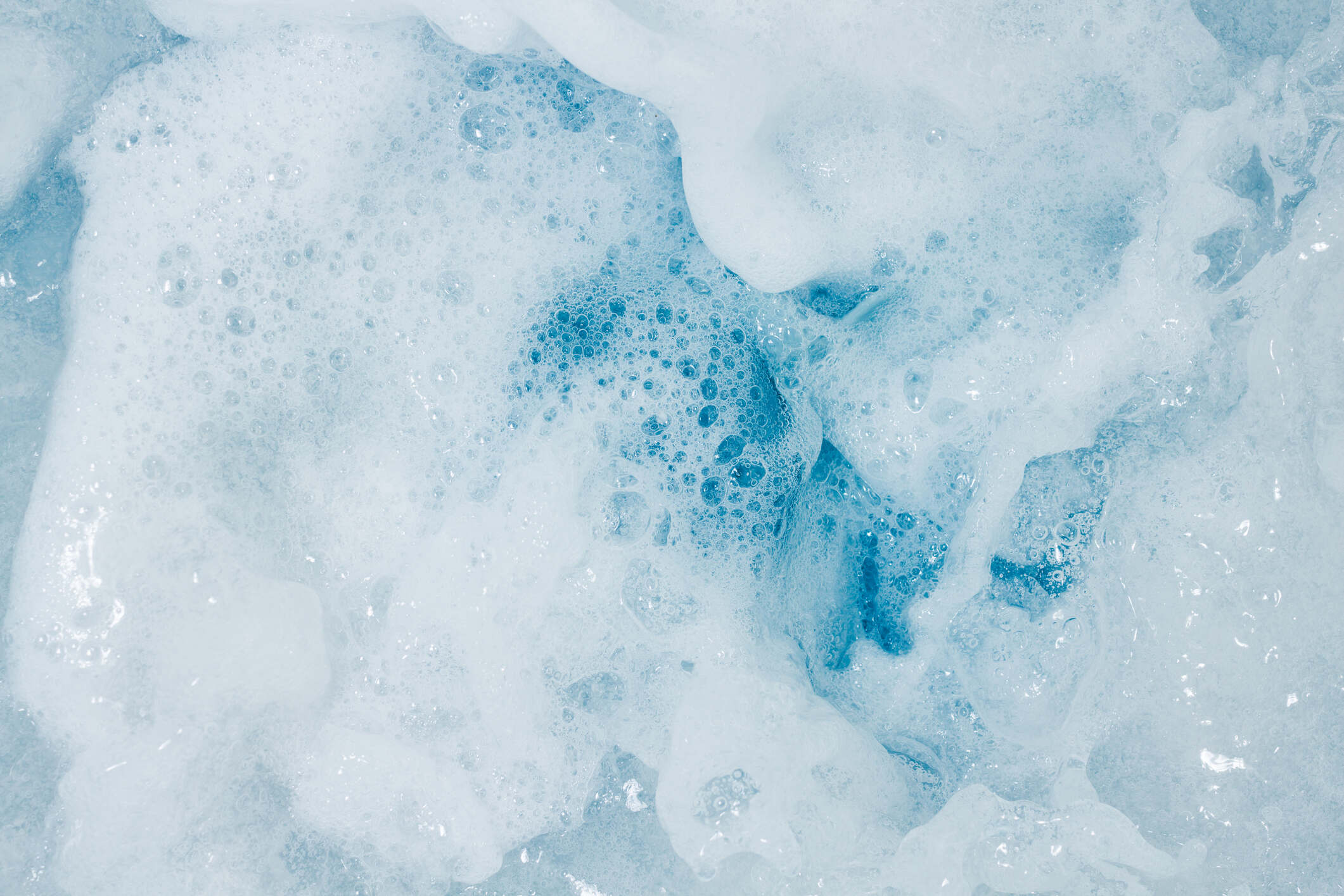
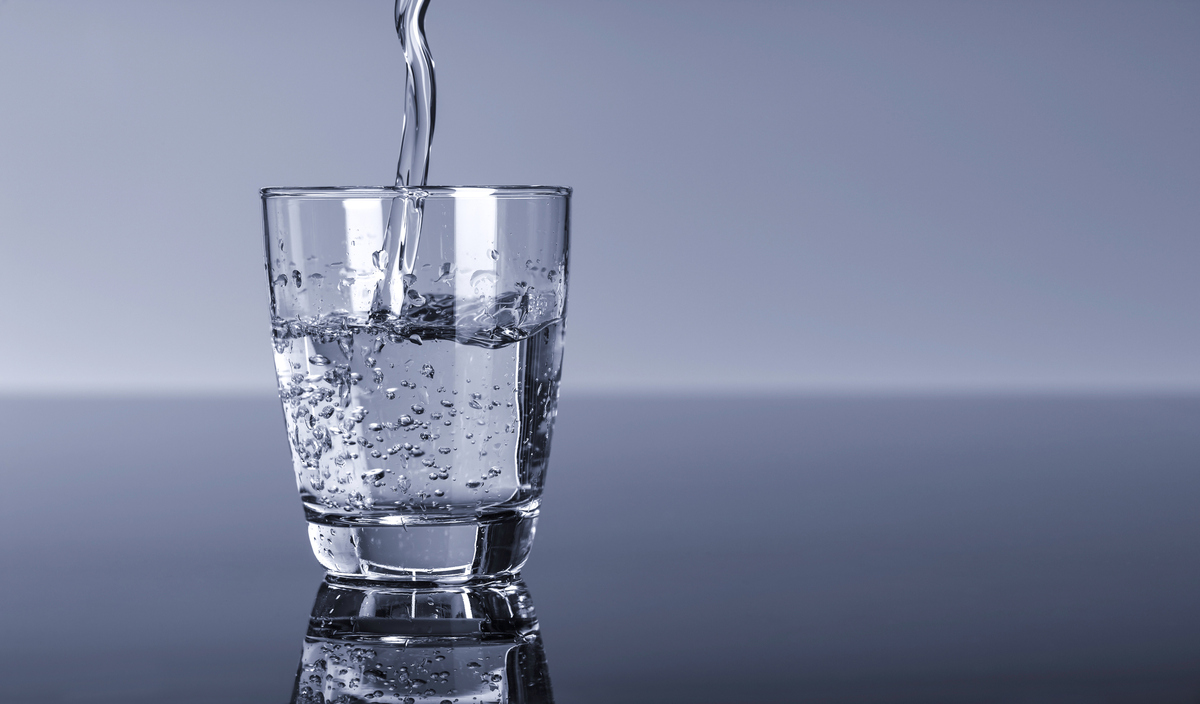
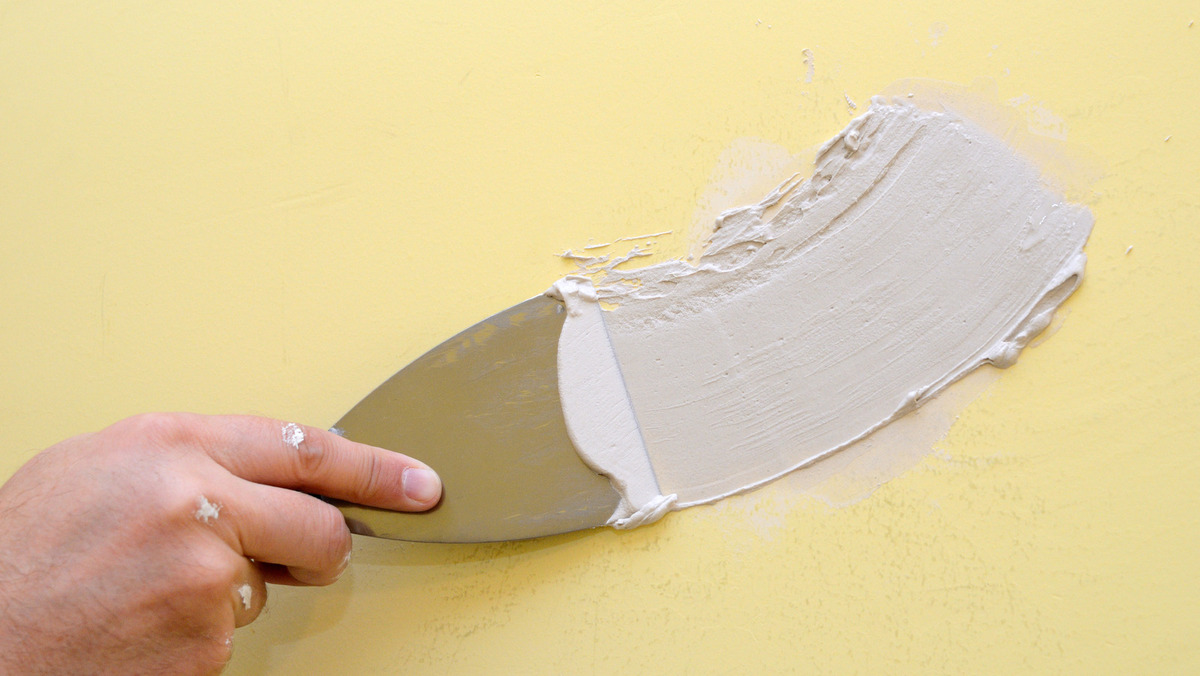
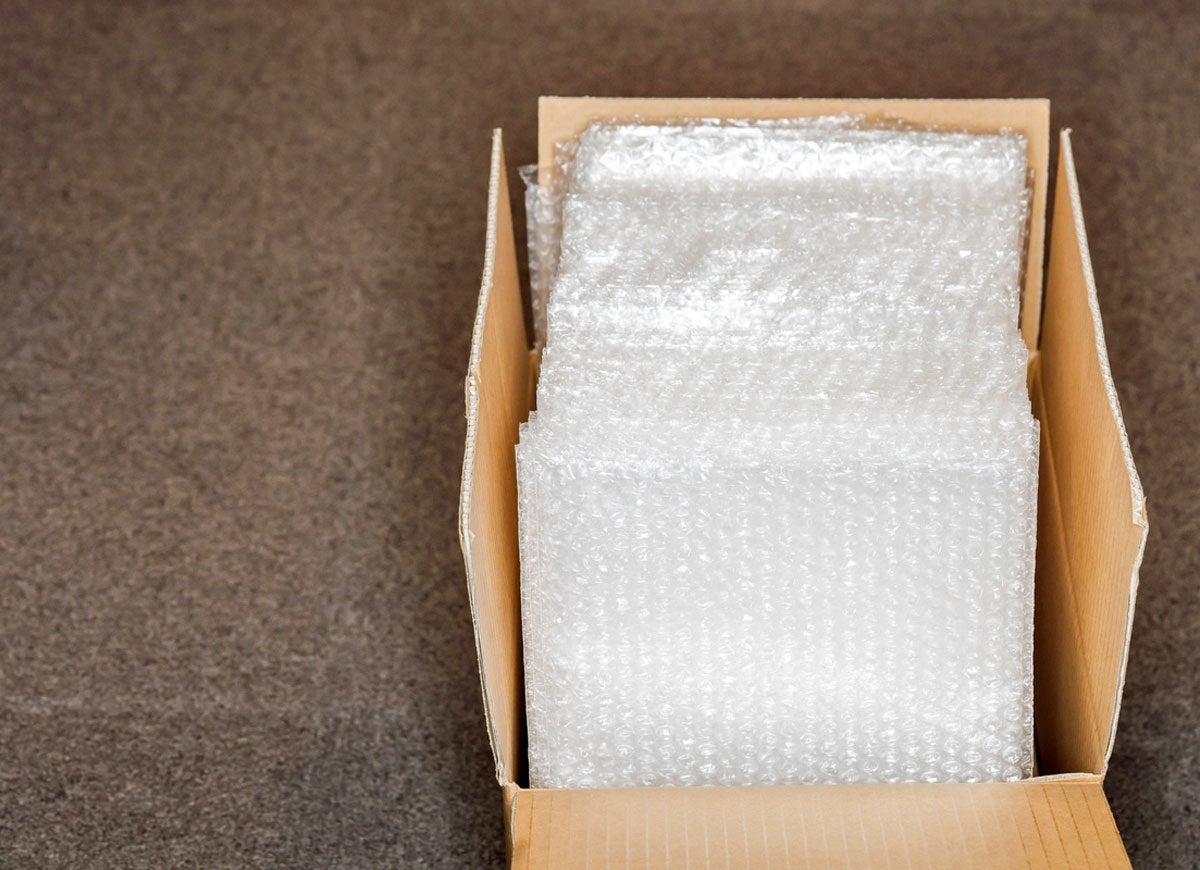
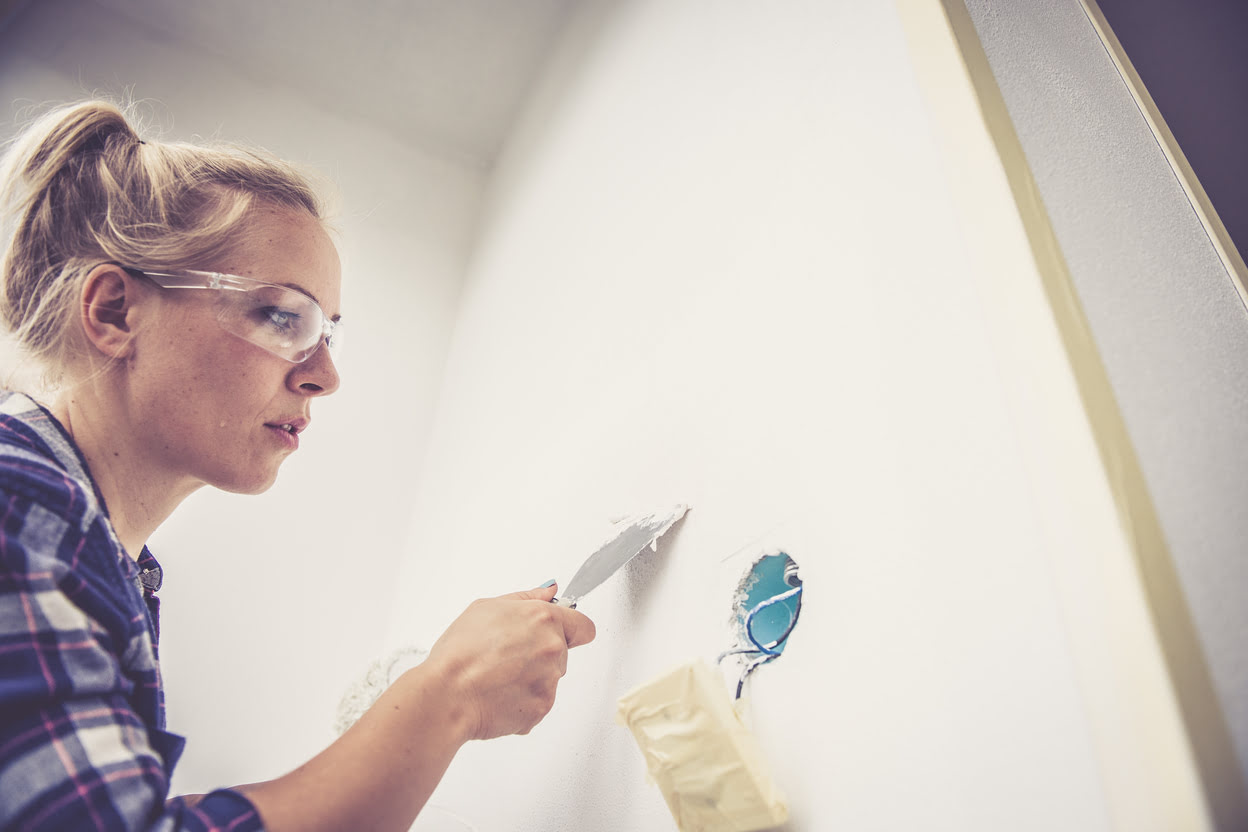
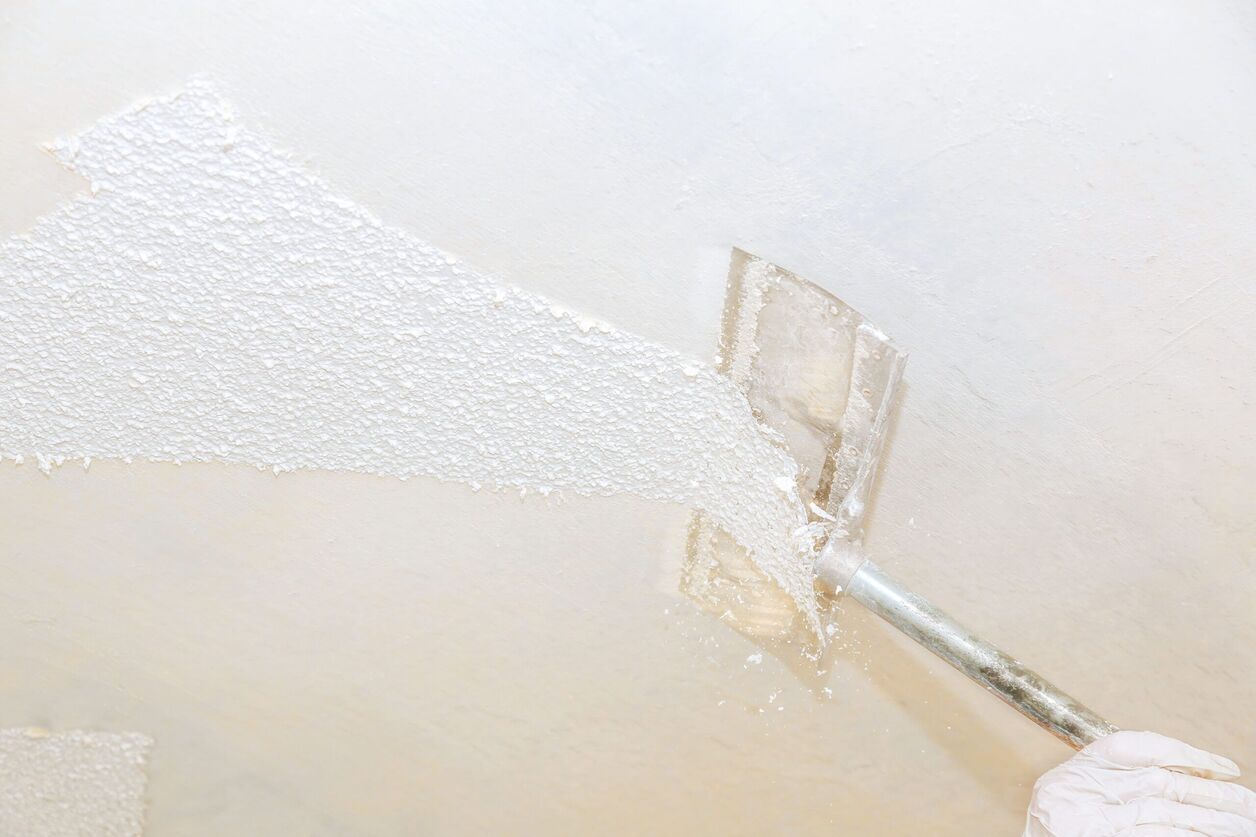
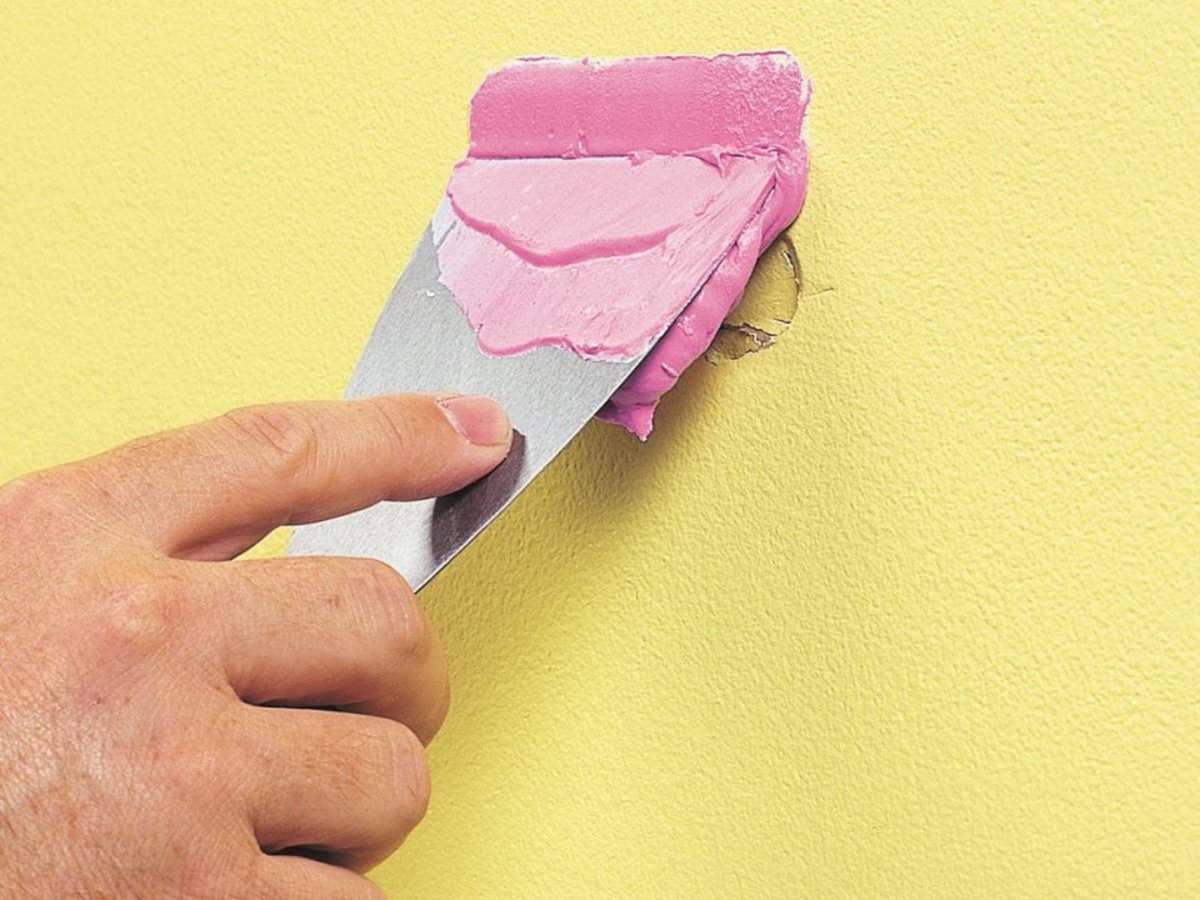
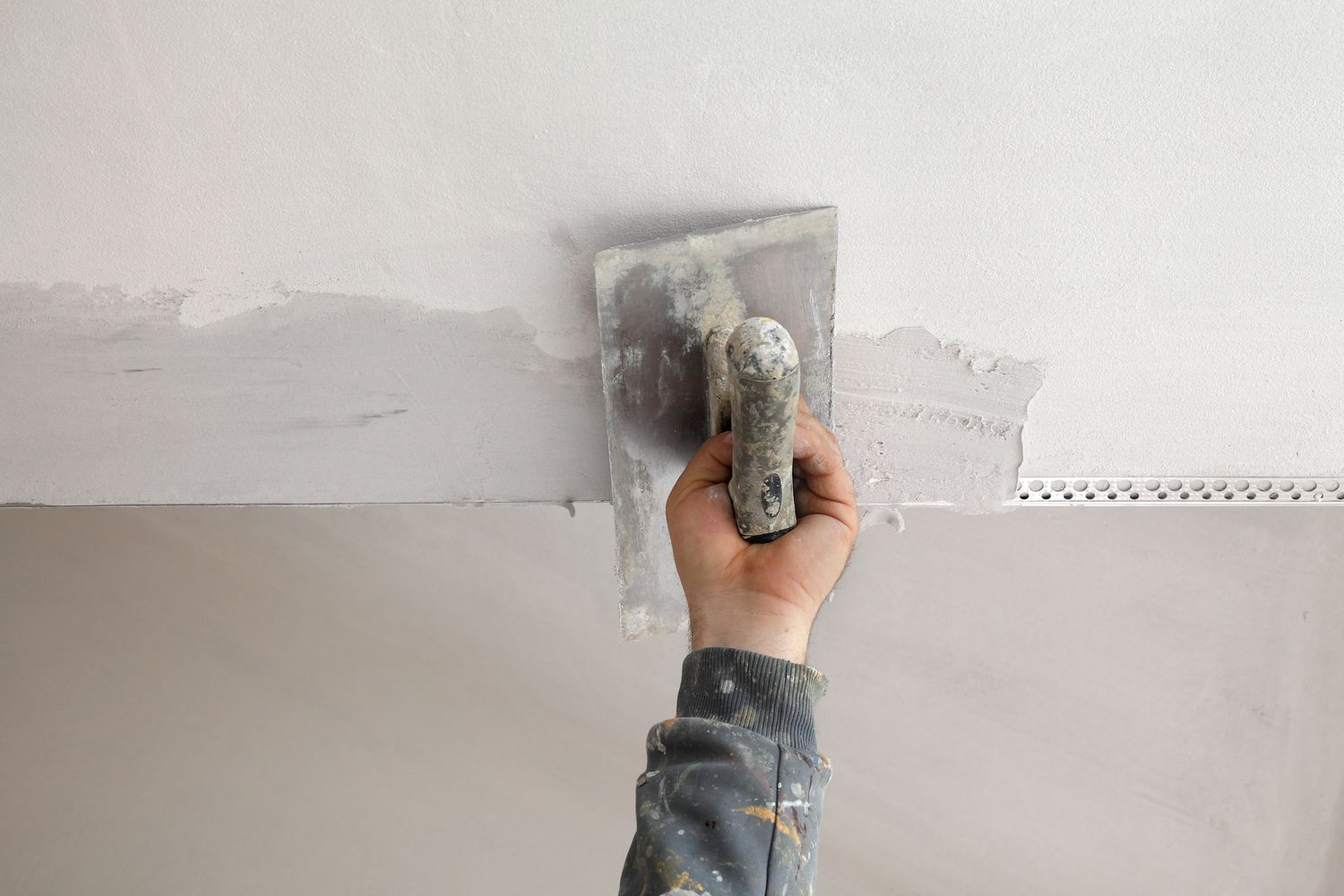
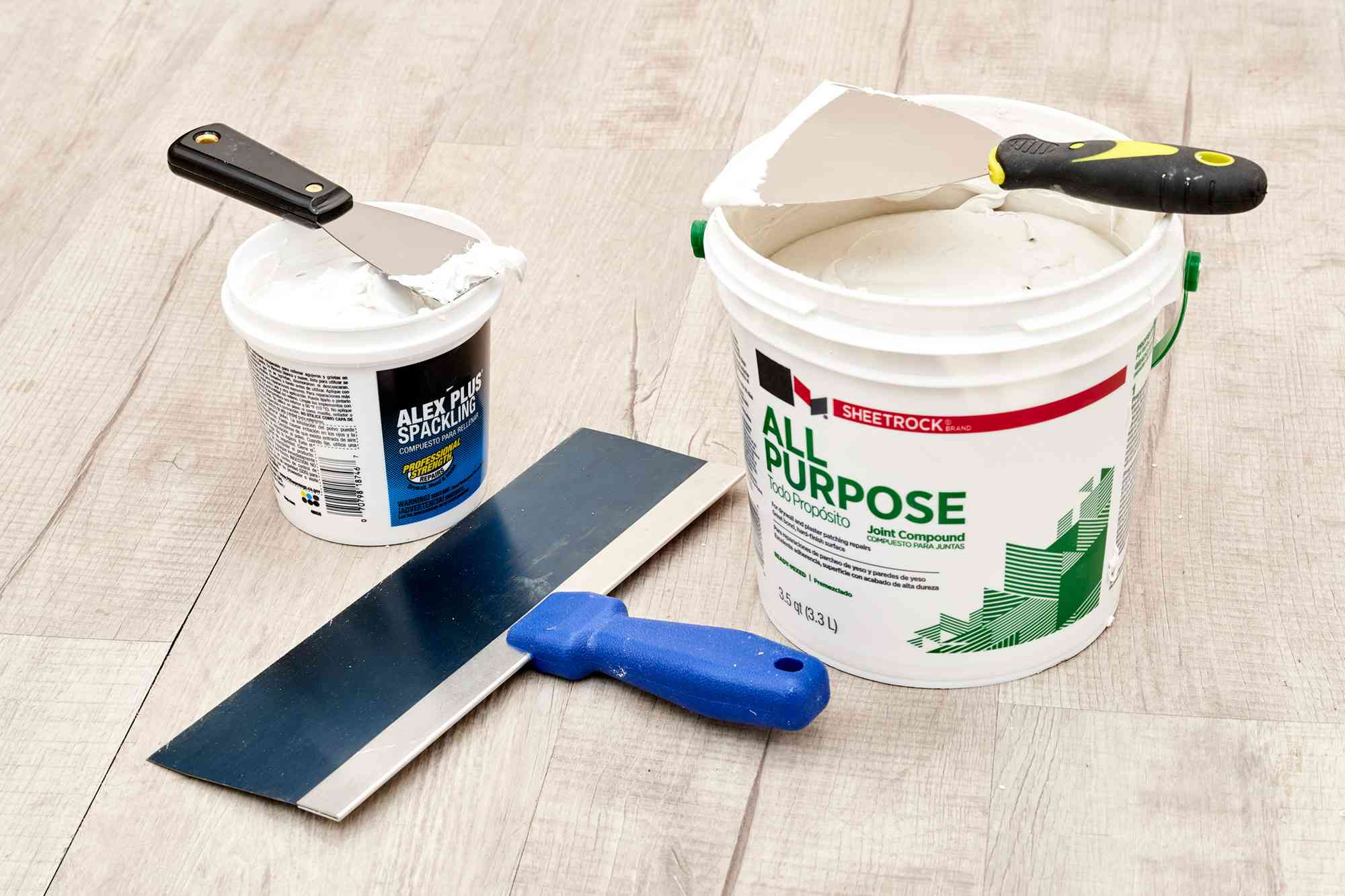
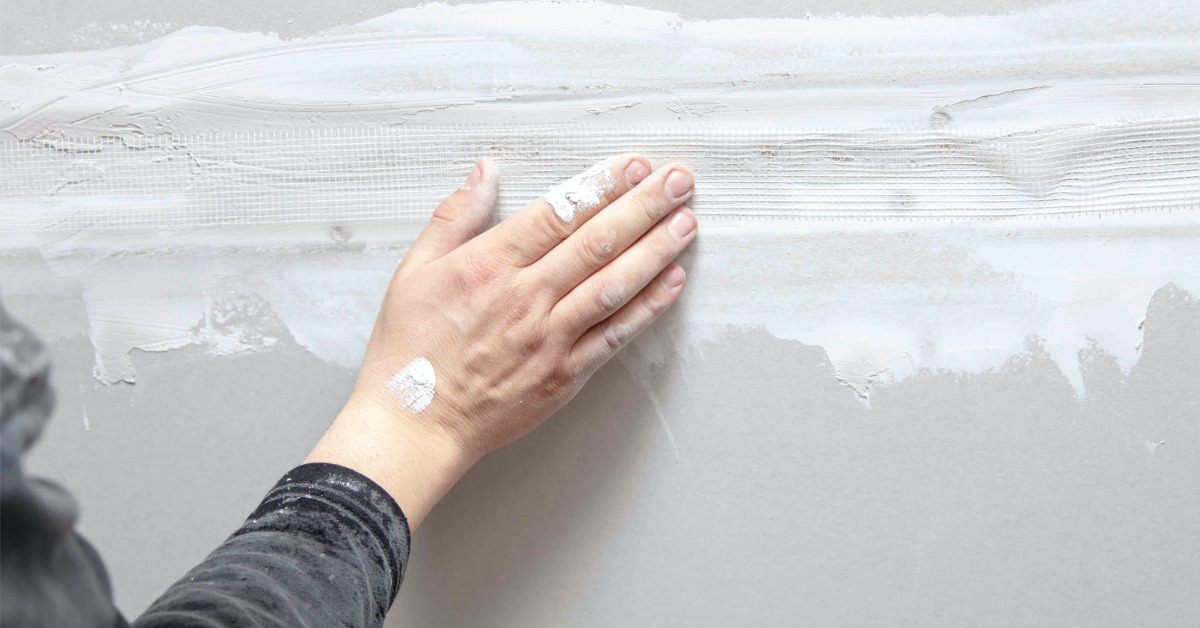

0 thoughts on “Why Is My Spackle Bubbling”